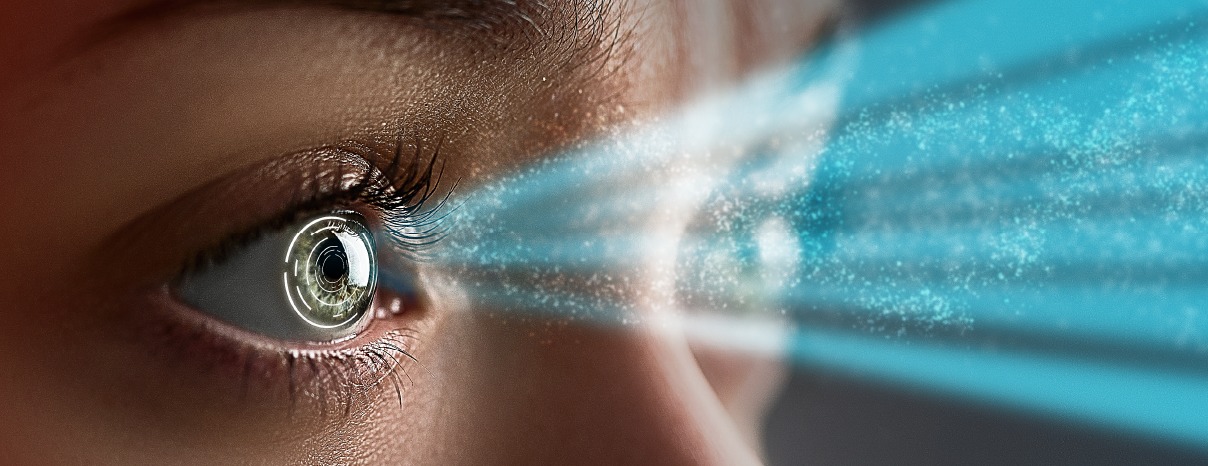
Retinal detachment
Retinal detachment occurs when the retina separates from the back of the eye, i.e. when it detaches from the pigment epithelium. When this happens, images can appear blurred, and flashes and floaters (shadows passing in front of the eye that look like flies or hair) can occur
There may be three types of retinal detachment:
- Rhegmatogenous retinal detachment: occurs due to a tear in the retina that allows the vitreous to pass into the subretinal space;
- Exudative serous retinal detachment: occurs due to inflammation, injury or other vascular changes resulting in fluid accumulation under the retina;
- Tractional retinal detachment: occurs due to a traction between the retina and fibrous or fibrovascular tissue (results from inflammation or neovascularisation), leading to detachment of the retina from the pigmented epithelium.
Some Risk Factors are:
- Eye injury or trauma;
- High myopia;
- History of ocular surgery and retinal detachments;
- Family history of retinal detachment.
- Age (higher risk over the age of 40);
- Hypertension;
- Diabetic Retinopathy
- Glaucoma;
- Smoking;
A retinal detachment is painless, however, there may be previous signs and symptoms such as the appearance of floating objects in the field of vision (spots, hairs, spider webs or floaters), flashes of light (photopsias) and the appearance of a shadow, similar to a curtain, which increases and occupies the field of vision.
The diagnosis is made by observing the fundus of the eye, through retinography or ophthalmoscopy, with the need to dilate the pupils, using midriatic eye drops, for a better view of the fundus
The treatment will depend on the type of detachment:
- Laser photocoagulation
- Scleral identation;
- Retinopexy;
- Vitrectomy.
A retinal detachment is an urgent medical situation. Late diagnosis and treatment may lead to irreversible vision loss.
It is extremely important to contact an eye doctor if you suspect you may have a retinal detachment.
CONTACTS
COIMBRA
Espaço Médico de Coimbra
Rua Câmara Pestana, n.º 35-37
3030-163 Coimbra, Portugal
Phone: +351 239 484 348 /Telm: +351 966 320 022
Fax: +351 239 481 487
E-mail: emc@oftalmologia.co.pt
AVEIRO
Rufino Silva - Clínica Oftalmológica
Av. Lourenço Peixinho, Nº 177-179, 2º andar
3800 - 167 - Aveiro
Tel: +351 234 382 847
Mobile: +351 918 644 767
E-mail: aveiro@oftalmologia.co.pt
FORM
COIMBRA
Espaço Médico de Coimbra
Rua Câmara Pestana, n.º 35-37
3030-163 Coimbra, Portugal
Phone: +351 239 484 348 /Telm: +351 966 320 022
Fax: +351 239 481 487
E-mail: emc@oftalmologia.co.pt
AVEIRO
Rufino Silva - Clínica Oftalmológica
Av. Lourenço Peixinho, Nº 177-179, 2º andar
3800 - 167 - Aveiro
Phone: +351 234 382 847
Mobile: +351 918 644 767
E-mail: aveiro@oftalmologia.co.pt
COIMBRA
Espaço Médico de Coimbra
Rua Câmara Pestana, n.º 35-37
3030-163 Coimbra, Portugal
Phone: +351 239 484 348 /Telm: +351 966 320 022
Fax: +351 239 481 487
E-mail: emc@oftalmologia.co.pt
AVEIRO
Rufino Silva - Clínica Oftalmológica
Av. Lourenço Peixinho, Nº 177-179, 2º andar
3800 - 167 - Aveiro
Phone: +351 234 382 847
Mobile: +351 918 644 767
E-mail: aveiro@oftalmologia.co.pt

